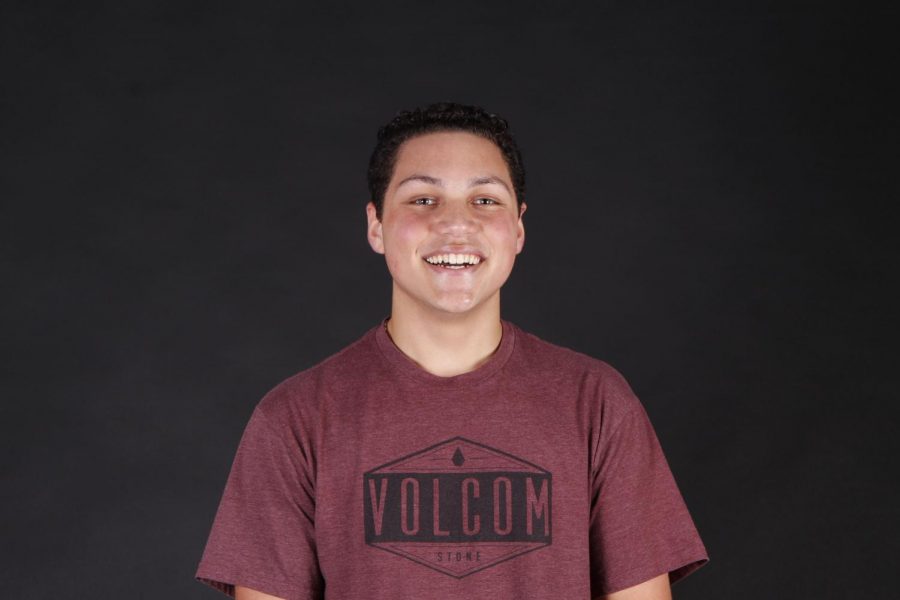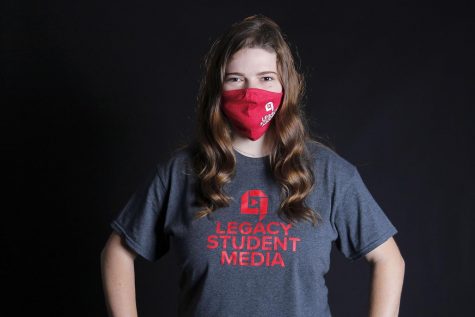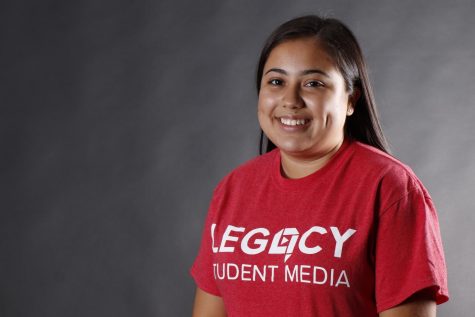The first morning after the storm, Sebastian Zayas woke up in a house surrounded by destruction from the catastrophic events of the night before. He noticed the water coming from a leak in his roof and completely flooding two rooms. They tried to suck the water out of the room but eventually had to give up to save the energy from the generator.
Hurricane Maria hit Zayas’ home in Puerto Rico in September 2017. At a category 5, Hurricane Maria engulfed the entirety of the island and is regarded as the deadliest hurricane in the Atlantic Ocean.
“I like to explain it to people as imagine your house burning down and you can handle that and then your entire world burning down then just having to take what was left and making do with it. That was the scale of it,” Zayas said.
Zayas stayed on the island throughout the hurricane to finish his school term. In July of 2018, Zayas’ mother, Ms. Chabrier, decided to make the move from Puerto Rico to the United States. After previous thoughts of moving to the United States, the Hurricane served as the primary push factor for the move.
“I had a pretty simple life, nothing too complicated. I went to a Jesuit, international school, where I learned English and Spanish. My life revolved around going from my house, where I lived with my mom, to school, to the bus.”
Zayas knew English before he came to the United States, and he also visited family in Dallas prior to his relocation. Although he knew the language, he still faced the trouble of trying to communicate and feel heard in this new country.
“The biggest challenge was speaking English from the time I went to school to the time I came home. Especially the interactions of going to the store to buy something because I only knew a very formal version of English, I didn’t know any of the slang,” Zayas said.
In his household, his family tries to stay in touch with their Puerto Rican culture and keep their values by speaking in their native language (Spanish) and remembering the events of Hurricane Maria.
“I have tried to coalesce both sides of my culture in a way. My mom reminds me of where we come from, where I am from and how the events we witnessed really humbled us. However, I have become more of a mainlander as we would say back home,” Zayas said.
Zayas has not drifted from his roots and life in Puerto Rico but instead visits from time to time. Last winter break, Zayas went back to Puerto Rico to see his home and the land surrounding it to witness the changes to the island.
“When I saw my home for the first time, I had an existential crisis. Because it hurts; to see your home, the place where you grew up, just torn apart and realizing you just can’t do it. You can’t just put it back together as it was and it won’t ever be the same again,” Zayas said.
Aside from the change in the infrastructure, Zayas noticed hope from the people of Puerto Rico after the desolation of the island.
“There was a saying on the island that meant: I won’t give up, I won’t give in, and I think that’s the most important thing right now, not giving up, even though the government is corrupt, even though the island has had its problems, even after everything, the people have really come out,” Zayas said. “I think the Puerto Rican people have grown in a way. I have even grown. That’s the main thing.”
Zayas hopes to one day return to Puerto Rico to make a difference for the people of the island after seeing the devastation caused by the hurricane and the lack of response from the government.
“My goal in life is to come to the states, become as educated and make as many connections as I possibly can and then go back and help my people,” Zayas said. “I want to study business and eventually become a lawyer and I want to eventually become governor of the island or at least a significant politician or a member of the community and aid the people so that if that ever happens again, the island will be better prepared because the island needs a leader.”





